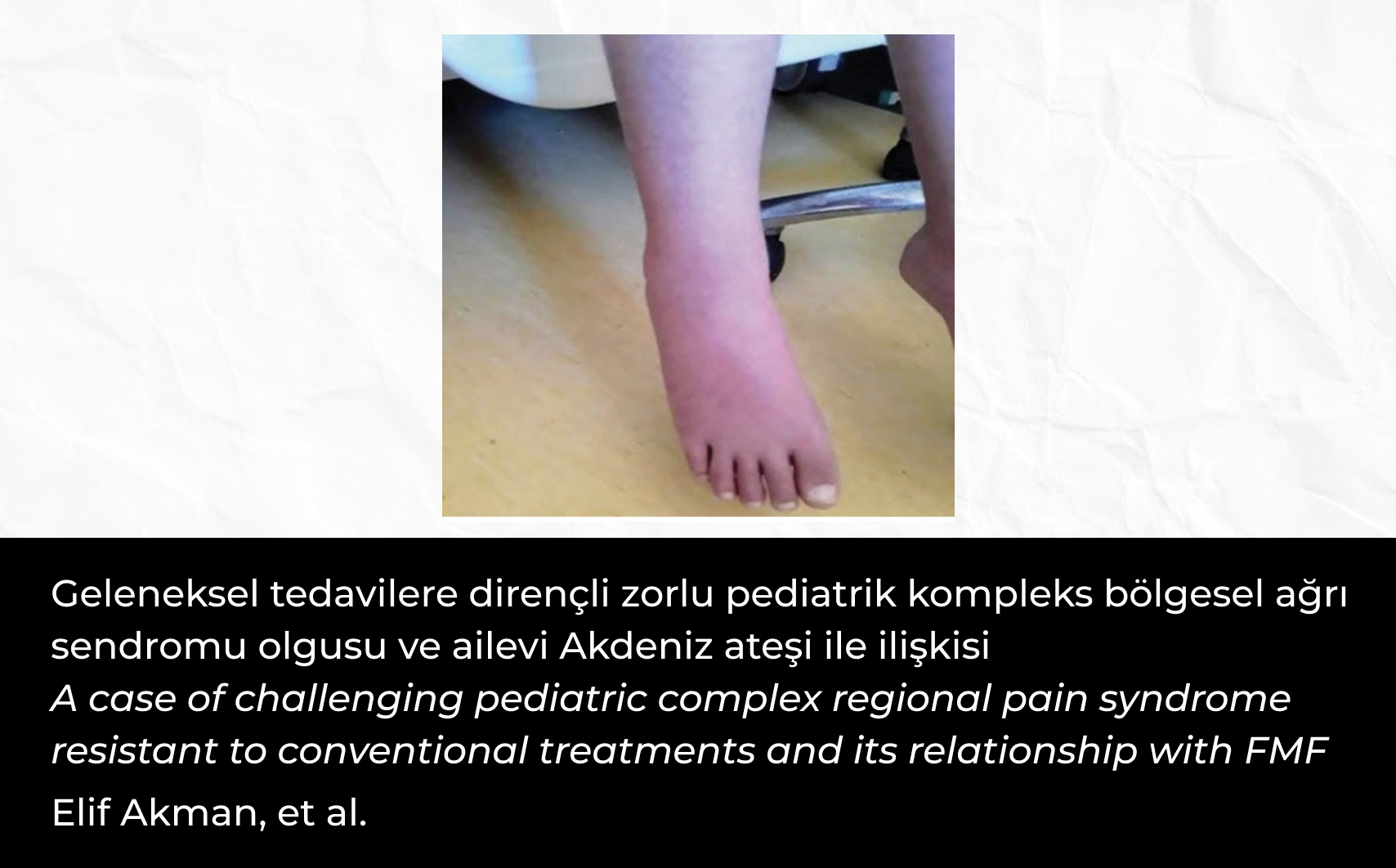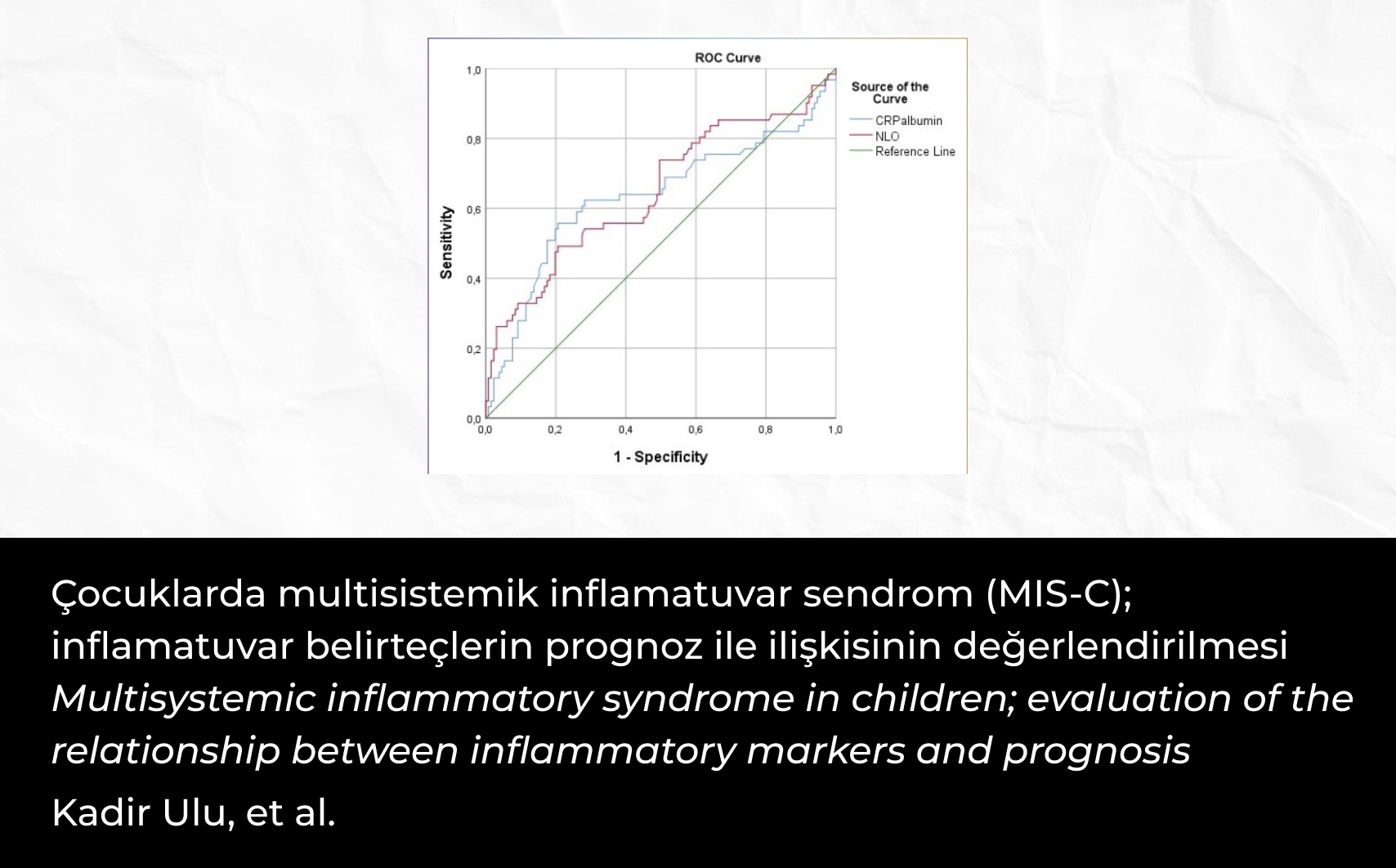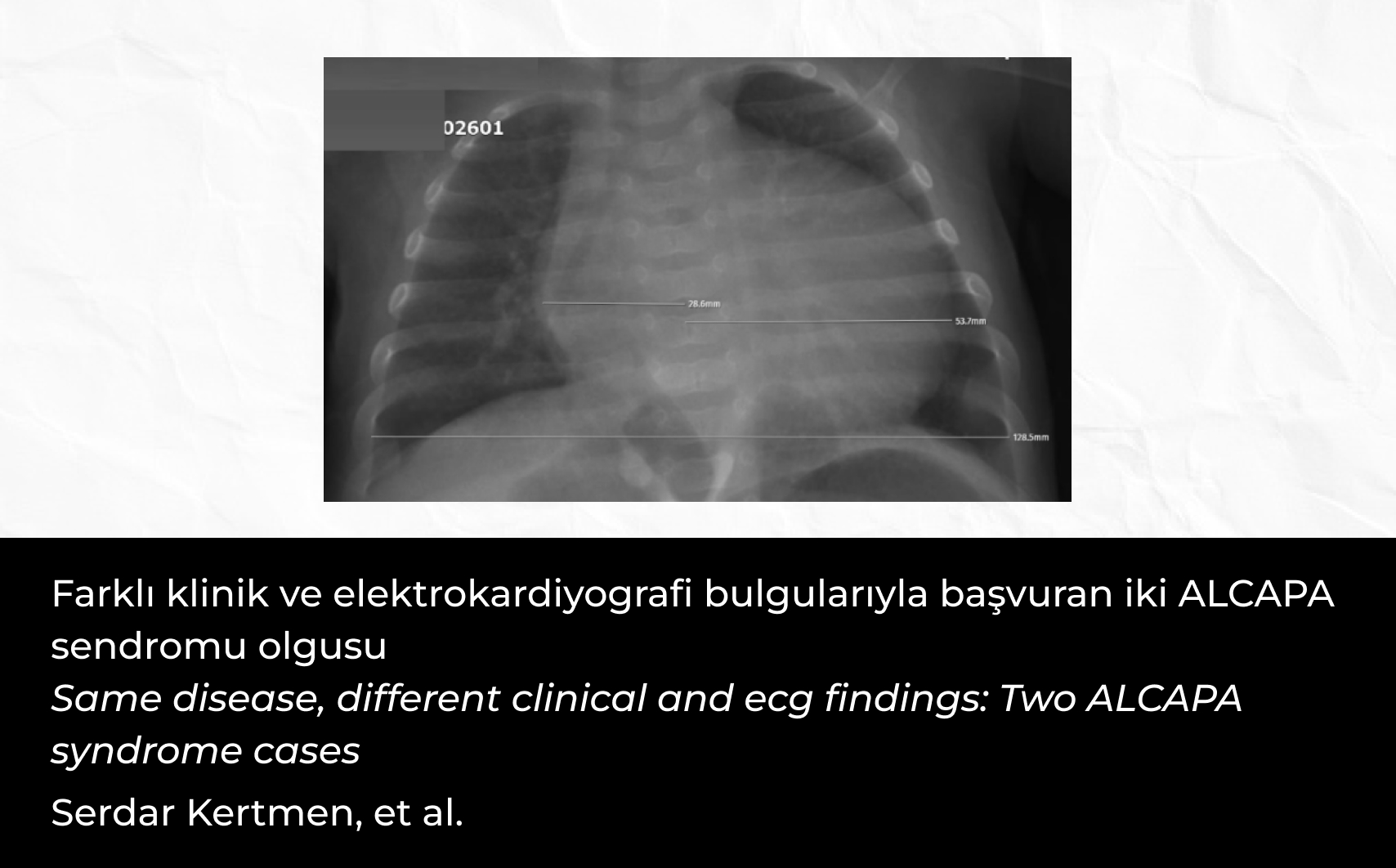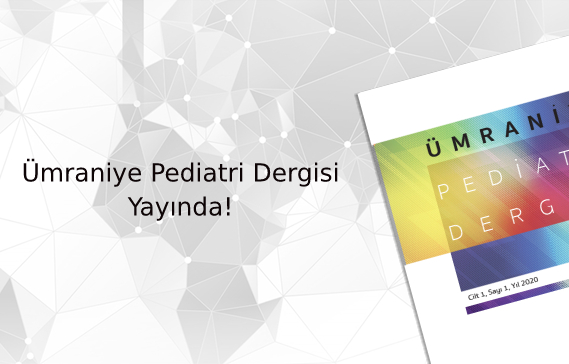2Zeynep Kamil Kadın ve Çocuk Hastalıkları Eğitim ve Araştırma Hastanesi, Yenidoğan Yoğun Bakım Ünitesi, İstanbul, Türkiye
Özet
Amaç: Dünyada en sık konjenital enfeksiyon etkeni olan sitomegalovirüsün (CMV), sıklıkla gebelik sırasında bebeğe transplasental yolla bulaşı sonucunda, hayatın ilk üç haftasında vücut sıvılarında saptanması konjenital CMV (cCMV) olarak tanımlanmaktadır. Bu çalışmada, cCMV tanısı konulan hastaların klinik, laboratuvar ve tedavi sonuçlarının retrospektif olarak incelenmesi amaçlanmıştır.
Gereç ve Yöntemler: Ocak 2015–Haziran 2023 tarihleri arasında yenidoğan yoğun bakım ünitesinde ve yenidoğan polikliniğinde izlenen, konjenital/perinatal CMV tanılı (plazma ve/veya idrar PCR’da CMV saptanan) hastaların dosya kayıtları incelenmiştir. Demografik özellikler, klinik bulgular, laboratuvar sonuçları ve tedaviler retrospektif olarak değerlendirildi. Yaşamın ilk 21 gününde tanı alan hastalar Grup 1 cCMV, 21 günden sonra tanı alanlar Grup 2 konjenital/perinatal CMV olarak değerlendirildi.
Bulgular: Grup 1’de 5, Grup 2’de 18 hasta olmak üzere toplam 23 hasta çalışmaya alındı. Grup 1’deki hastaların tanı yaşı ortalama 13 (6–19) gün, gestasyon yaşları 37.6±0.9 hafta, doğum ağırlıkları 2611±121 gram idi. Grup 2’deki hastaların yaşları ortalama 49 (23–151) gün, gestasyon yaşları 30.1±4.4 hafta, doğum ağırlığı 1333±618 gram idi. Grup 1’deki hastaların cinsiyeti tümü erkek iken, Grup 2’dekilerin %50’si (9 olgu) erkekti. Grup 1’deki beş hastaya, Grup 2’deki 14 hastaya gansiklovir tedavisi başlandı. Nötropeni, trombositopeni ve anormal karaciğer fonksiyon testleri Grup 1’de sırasıyla 1 (%20), 3 (%60), 1 (%20); Grup 2’de 9 (%50), 6 (%33.3), 3 (%16.7) olarak saptandı. İntrakranial kalsifikasyon ve mikrosefali sırasıyla Grup 1’de 2 (%40), 1 (%20); Grup 2’de 1 (%5.6), 3 (%16.7) olarak değerlendirildi.
Tartışma: Konjenital CMV enfeksiyonu, en sık görülen konjenital enfeksiyon olmasına rağmen bulguları hastalığa özel ve patognomonik olmadığı için tanısının yenidoğan döneminde konulması çoğu zaman mümkün olamamaktadır. Konjenital CMV enfeksiyonu düşünülen hastalarda plazma/idrar CMV PCR incelemesi, kraniyal görüntüleme ve işitmenin değerlendirilmesi tanı için önemlidir. Bu çalışmada, cCMV tanısı konulan hastaların klinik, laboratuvar ve tedavi bulguları değerlendirilmiştir.
2Neonatal Intensive Care Unit, Zeynep Kamil Women’s and Children’s Diseases Training and Research Hospital, İstanbul, Türkiye
Abstract
Objective: Cytomegalovirus (CMV), the most common congenital infection agent, is transmitted transplacentally to the baby during pregnancy. It is defined as congenital CMV (cCMV) when detected in body fluids within the first three weeks of life. This study aimed to retrospectively investigate the clinical, laboratory, and treatment outcomes of patients diagnosed with cCMV.
Material and Methods: Between January 2015 and June 2023, the medical records of patients diagnosed with congenital/perinatal CMV (CMV identified in plasma and/or urine PCR) from the Neonatal Intensive Care Unit and neonatal outpatient clinic were retrospectively evaluated. Patients diagnosed within the first 21 days of life were categorized as Group 1 cCMV, while those diagnosed after 21 days were considered Group 2 congenital/perinatal CMV.
Results: A total of 23 patients were included in the study, with 5 in Group 1 and 18 in Group 2. In Group 1, the mean age at diagnosis was 13 days (range: 6–19 days), gestational age was 37.6±0.9 weeks, and birth weight was 2611±121 grams. In Group 2, the patients had a mean age of 49 days (range: 23–151 days), gestational age of 30.1±4.4 weeks, and birth weight of 1333±618 grams. All patients in Group 1 were male, while 50% (9 cases) of Group 2 were male. Ganciclovir treatment was initiated for five patients in Group 1 and 14 patients in Group 2. Neutropenia, thrombocytopenia, and abnormal liver function tests were observed in Group 1 in 1 (20%), 3 (60%), and 1 (20%) of cases, respectively; in Group 2, they were observed in 9 (50%), 6 (33.3%), and 3 (16.7%) of cases, respectively. Intracranial calcification and microcephaly were observed in 2 cases (40%) and 1 case (20%) in Group 1, respectively; in Group 2, they were observed in 1 case (5.6%) and 3 cases (16.7%), respectively.
Conclusion: Despite being the most common congenital infection, diagnosing congenital CMV in the neonatal period is often challenging due to non-specific and non-pathognomonic symptoms. Plasma/urine CMV PCR examination, cranial imaging, and hearing assessment are crucial for diagnosing suspected cCMV cases. This study evaluates the clinical, laboratory, and treatment findings of patients diagnosed with cCMV.






 Özlem Şahin1
Özlem Şahin1 





